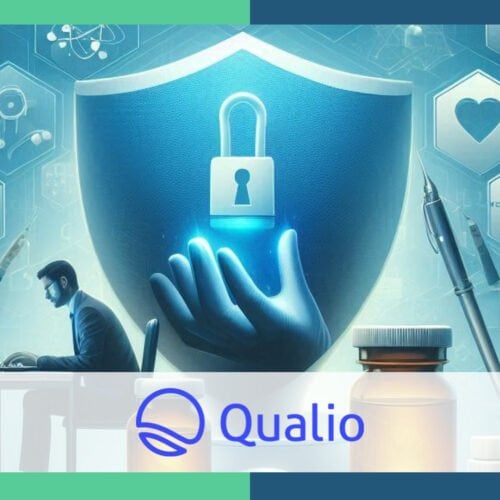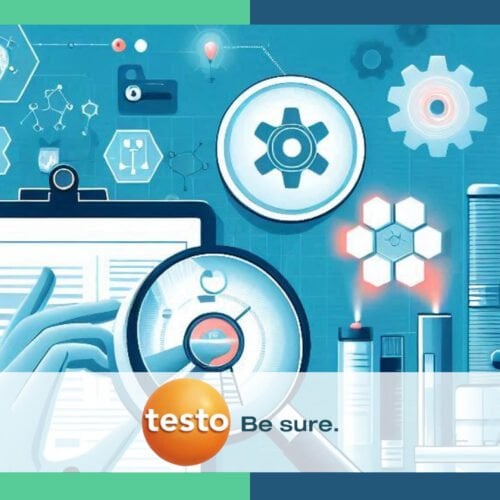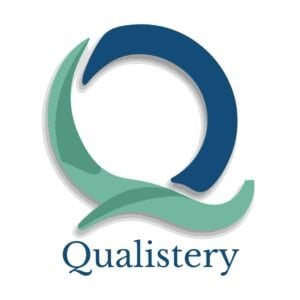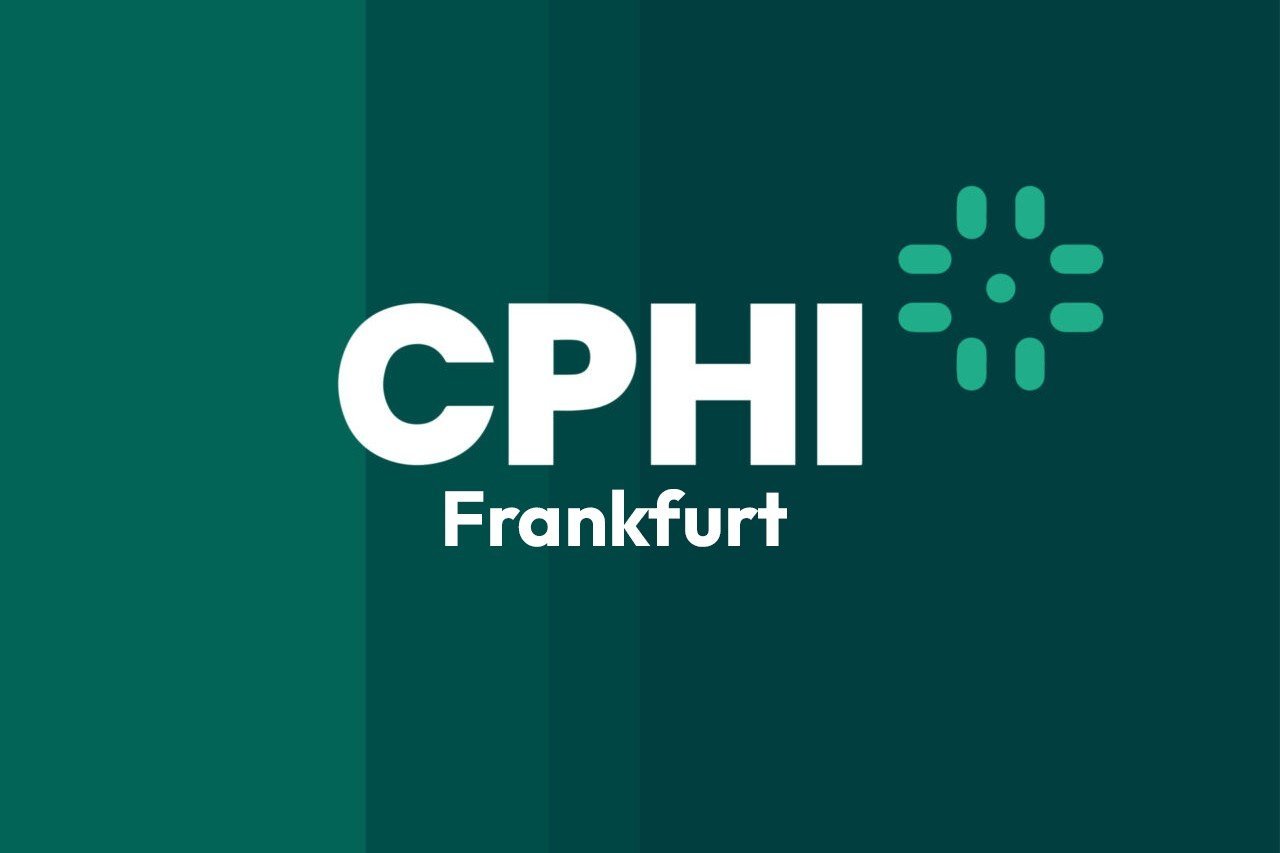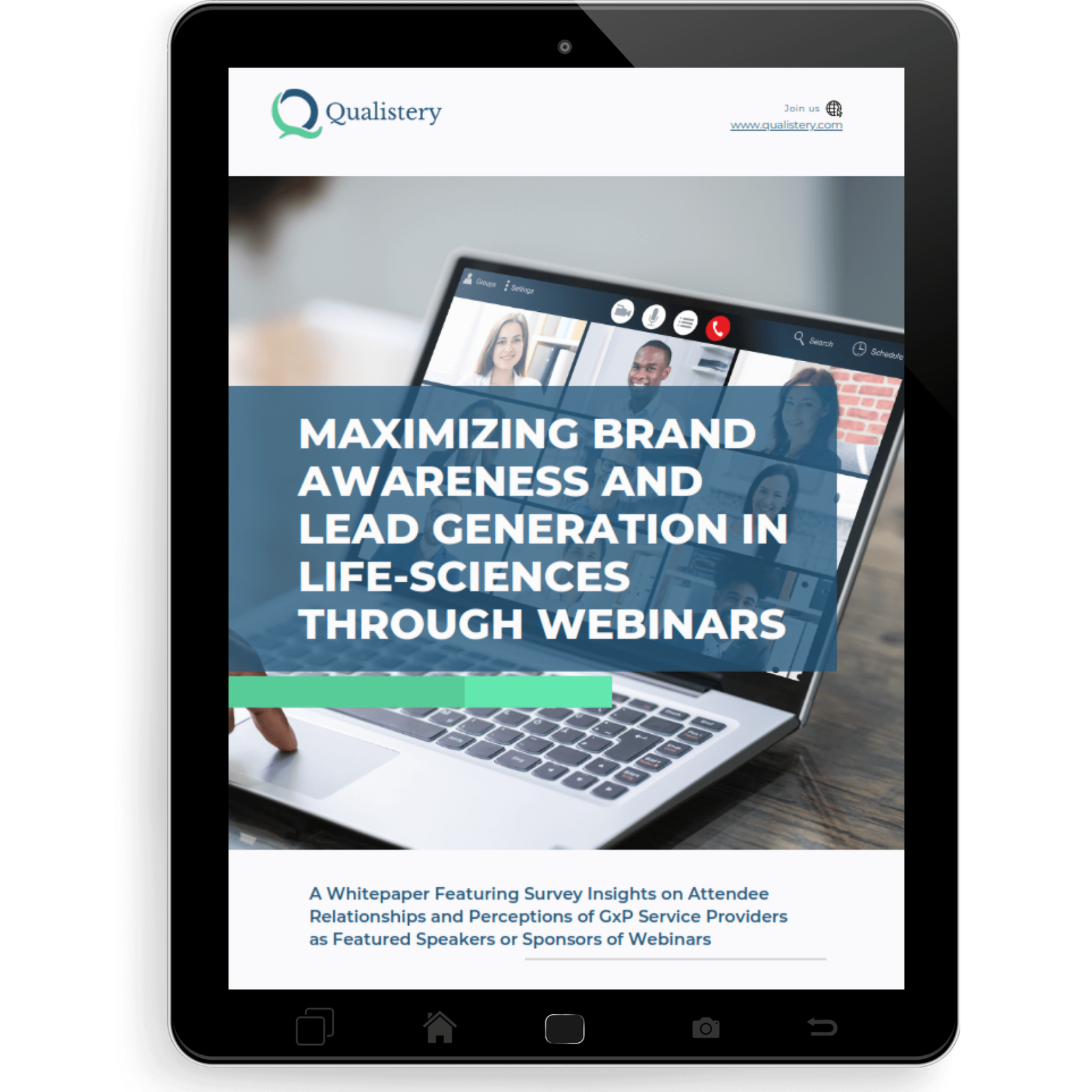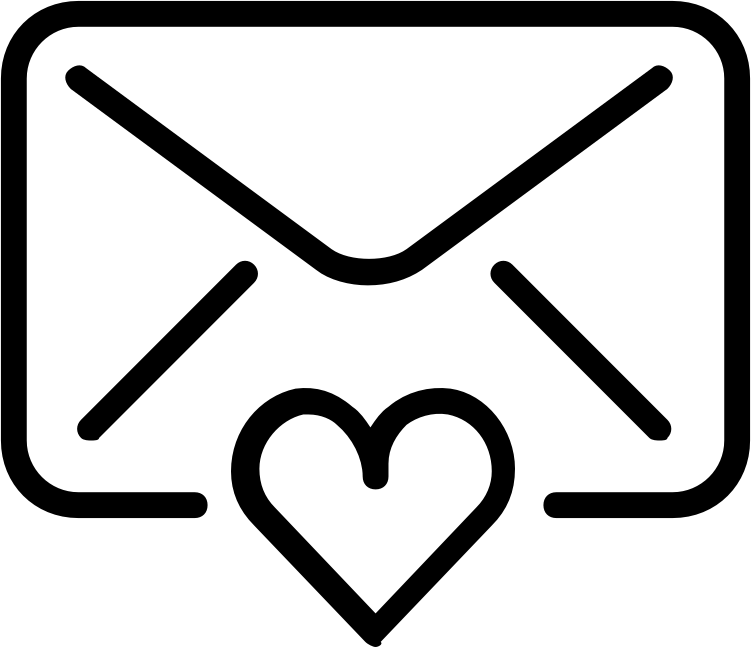Overview of the Refrigeration Solutions Market
The refrigeration solutions market plays a crucial role in various industries, particularly in pharmaceuticals, food and beverage, and healthcare. With the increasing demand for temperature-sensitive products, the need for reliable and efficient refrigeration systems has grown significantly. In the pharmaceutical sector, maintaining the integrity of vaccines, biologics, and other temperature-sensitive medications is essential to ensure efficacy and safety. This market is characterized by rapid technological advancements, stringent regulations, and a focus on sustainability.
Importance of Performance in Refrigeration Sales
In a highly competitive market, performance stands out as a key differentiator for refrigeration solutions. Customers seek systems that not only meet regulatory standards but also optimize energy efficiency, reduce operational costs, and enhance product safety. Highlighting performance metrics—such as temperature accuracy, energy consumption, and reliability—can significantly influence purchasing decisions.
As companies strive to provide solutions that align with customer needs, webinars serve as an effective platform to showcase these performance aspects. By educating potential clients about the capabilities and advantages of their refrigeration systems, businesses can build trust and credibility, leading to increased sales. This article will explore how to create impactful webinars that effectively communicate the performance benefits of refrigeration solutions to drive sales growth.
Identifying Key Stakeholders in Pharma Manufacturing
To create effective webinars that resonate with potential customers, it’s essential to first understand who the target audience is within pharma manufacturing. Key stakeholders typically include:
- Procurement Managers: Responsible for sourcing and purchasing refrigeration systems. They focus on cost-effectiveness, reliability, and compliance with industry standards.
- Quality Assurance Professionals: Ensure that refrigeration solutions meet regulatory requirements and maintain product integrity. Their interest lies in performance metrics and validation processes.
- Facility Managers: Oversee the operational aspects of manufacturing facilities, including equipment maintenance and energy efficiency. They are concerned with the reliability and operational costs of refrigeration solutions.
- Research and Development Teams: Utilize refrigeration systems for storing sensitive compounds. They look for advanced features that support innovation and product development.
- Regulatory Compliance Officers: Monitor adherence to regulations regarding temperature control and product storage. They prioritize systems that facilitate compliance and documentation.
Tailoring Content to Meet Audience Needs
Once the target audience is identified, the next step is to tailor webinar content to address their specific needs and pain points. Consider the following strategies:
- Address Specific Challenges: Understand the common challenges faced by each stakeholder group, such as regulatory compliance, energy costs, or product safety concerns. Tailor the webinar content to provide solutions for these challenges.
- Use Technical Language Appropriately: Depending on the audience’s expertise, use appropriate technical language without being overly complex. For instance, procurement managers may appreciate cost-benefit analyses, while quality assurance professionals may want detailed discussions on validation processes.
- Incorporate Real-Life Examples: Highlight case studies or success stories that demonstrate how your refrigeration solutions have addressed similar challenges faced by other companies in the industry. This practical approach can help engage the audience and build credibility.
- Interactive Elements: Include interactive components such as polls or Q&A sessions to encourage participation. This engagement can provide insights into the audience’s specific interests and concerns.
By thoroughly understanding the target audience and customizing the webinar content accordingly, businesses can create a compelling narrative that drives interest and ultimately sales of their refrigeration solutions.
Advantages of Using Webinars as a Marketing Tool
Webinars have emerged as a powerful marketing tool for businesses, particularly in the context of selling refrigeration solutions in the pharma manufacturing sector. Here are some key advantages:
- Cost-Effective: Hosting webinars eliminates the need for physical venues, travel expenses, and printed materials, making it a budget-friendly option for reaching potential customers.
- Wider Reach: Webinars allow companies to reach a global audience without geographical limitations. Participants can join from anywhere, increasing the pool of potential leads and allowing engagement with a diverse audience.
- Engagement and Interactivity: Unlike traditional presentations, webinars provide opportunities for real-time interaction. Attendees can ask questions, participate in polls, and engage in discussions, which fosters a sense of community and involvement.
- Demonstrating Expertise: Webinars position companies as thought leaders in their field. By sharing valuable insights, industry knowledge, and innovative solutions, businesses can build credibility and trust with their audience.
- Lead Generation: Webinars can be an effective way to capture leads. By requiring registration, companies collect contact information that can be used for follow-up marketing efforts. Additionally, attendees who show interest in the topic are often more likely to convert into customers.
Engaging Potential Customers Through Interactive Sessions
The interactive nature of webinars offers unique opportunities to engage potential customers effectively:
- Live Demonstrations: Showcasing refrigeration solutions through live demonstrations allows participants to see the technology in action. This visual engagement can help illustrate the benefits and features more clearly than static images or written descriptions.
- Q&A Sessions: Incorporating dedicated Q&A segments helps address specific concerns and questions from the audience. This personalized interaction not only builds rapport but also provides insights into customer needs and interests.
- Polls and Surveys: Utilizing polls during the webinar can gauge audience opinions and preferences in real-time. This feedback can inform future marketing strategies and product development while making attendees feel involved in the discussion.
- Follow-Up Interactions: Post-webinar communication is crucial for nurturing leads. Sending follow-up emails with additional resources, answering unanswered questions, or providing exclusive offers can maintain engagement and encourage conversion.
By leveraging these benefits, businesses can create impactful webinars that not only drive sales but also enhance relationships with potential customers in the refrigeration solutions market.
Benefits of Webinars for Sales
Advantages of Using Webinars as a Marketing Tool
Webinars have emerged as a powerful marketing tool for businesses, particularly in the context of selling refrigeration solutions in the pharma manufacturing sector. Here are some key advantages:
- Cost-Effective: Hosting webinars eliminates the need for physical venues, travel expenses, and printed materials, making it a budget-friendly option for reaching potential customers.
- Wider Reach: Webinars allow companies to reach a global audience without geographical limitations. Participants can join from anywhere, increasing the pool of potential leads and allowing engagement with a diverse audience.
- Engagement and Interactivity: Unlike traditional presentations, webinars provide opportunities for real-time interaction. Attendees can ask questions, participate in polls, and engage in discussions, which fosters a sense of community and involvement.
- Demonstrating Expertise: Webinars position companies as thought leaders in their field. By sharing valuable insights, industry knowledge, and innovative solutions, businesses can build credibility and trust with their audience.
- Lead Generation: Webinars can be an effective way to capture leads. By requiring registration, companies collect contact information that can be used for follow-up marketing efforts. Additionally, attendees who show interest in the topic are often more likely to convert into customers.
Engaging Potential Customers Through Interactive Sessions
The interactive nature of webinars offers unique opportunities to engage potential customers effectively:
- Live Demonstrations: Showcasing refrigeration solutions through live demonstrations allows participants to see the technology in action. This visual engagement can help illustrate the benefits and features more clearly than static images or written descriptions.
- Q&A Sessions: Incorporating dedicated Q&A segments helps address specific concerns and questions from the audience. This personalized interaction not only builds rapport but also provides insights into customer needs and interests.
- Polls and Surveys: Utilizing polls during the webinar can gauge audience opinions and preferences in real-time. This feedback can inform future marketing strategies and product development while making attendees feel involved in the discussion.
- Follow-Up Interactions: Post-webinar communication is crucial for nurturing leads. Sending follow-up emails with additional resources, answering unanswered questions, or providing exclusive offers can maintain engagement and encourage conversion.
By leveraging these benefits, businesses can create impactful webinars that not only drive sales but also enhance relationships with potential customers in the refrigeration solutions market.
elaborate #4, #5, and #6
Designing Effective Webinar Content
Creating engaging and informative content is crucial for a successful webinar. Here are key considerations for structuring the content effectively:
Structuring the Webinar for Maximum Impact
- Clear Objectives: Begin with a clear understanding of the goals of the webinar. Whether it’s to educate, demonstrate a product, or generate leads, having defined objectives will guide the content creation process.
- Compelling Introduction: Start with an engaging introduction that captures attention. Briefly introduce the topic, outline what attendees can expect to learn, and establish the relevance of refrigeration solutions in pharma manufacturing.
- Logical Flow: Organize the content logically, breaking it down into sections that flow smoothly. For example, start with an overview of common challenges in pharma storage, followed by how your refrigeration solutions address these issues.
- Key Performance Metrics to Highlight: Focus on essential performance metrics relevant to your audience, such as:
- Temperature accuracy and stability
- Energy efficiency and cost savings
- Compliance with industry regulations
- Reliability and maintenance requirements
- Case studies showcasing successful implementations
- Visual Aids: Use visuals such as slides, charts, and videos to enhance understanding. Infographics can effectively convey complex data, while product demonstrations can visually showcase capabilities.
Technical Considerations
The technical aspects of hosting a webinar can greatly influence its success. Here are important factors to consider:
Choosing the Right Platform for Hosting Webinars
- Platform Selection: Choose a reliable webinar platform that supports the features you need, such as screen sharing, recording capabilities, chat functions, and audience engagement tools (like polls). Popular platforms include Zoom, Webex, and GoToWebinar.
- User-Friendly Experience: Ensure that the platform is easy to navigate for both presenters and attendees. A complicated interface can detract from the experience and lead to disengagement.
- Capacity and Performance: Consider the expected number of attendees when selecting a platform. Ensure it can accommodate your audience without lagging or crashing.
Ensuring Optimal Audio and Visual Quality
- High-Quality Equipment: Invest in good-quality microphones and cameras to ensure clear audio and video. Poor sound quality can lead to misunderstandings and frustrations among participants.
- Internet Connection: A stable and high-speed internet connection is essential for smooth streaming. Conduct tests prior to the event to identify any potential issues.
- Technical Support: Have technical support available during the webinar to address any unforeseen issues promptly. This ensures a seamless experience for both the presenters and the audience.
Promoting the Webinar
Effective promotion is key to attracting attendees and maximizing engagement. Consider these strategies:
Strategies for Marketing the Webinar to the Target Audience
- Email Campaigns: Utilize your existing email lists to send invitations. Craft compelling subject lines and messages that clearly communicate the value of attending and include a strong call-to-action (CTA) to register.
- Social Media Promotion: Leverage social media platforms like LinkedIn, Twitter, and Facebook to promote the webinar. Use eye-catching graphics and short videos to grab attention while encouraging shares among industry peers.
- Collaborations and Partnerships: Partner with industry associations or influencers who can help promote the webinar. Their endorsement can expand your reach and increase credibility.
- Landing Page Creation: Create a dedicated landing page for the webinar that includes registration details, topic highlights, speaker bios, and an overview of what attendees will gain. This serves as a central point for information and registration.
Utilizing Social Media and Email Campaigns
- Countdown Reminders: Send reminders leading up to the event via email and social media to encourage last-minute registrations. A series of reminders (e.g., one week before, one day before) can help keep your webinar top-of-mind.
- Engaging Content Pre-Webinar: Share relevant content related to the webinar topic before the event, such as articles or videos. This can build interest and establish your authority on the subject matter.
By designing effective content, addressing technical considerations, and implementing strong promotional strategies, businesses can significantly enhance their webinars’ impact in driving sales for refrigeration solutions in the pharma manufacturing sector.
Measuring Success
After hosting a webinar, it’s crucial to evaluate its effectiveness to understand what worked well and what could be improved. Here are key components for measuring success:
Key Performance Indicators (KPIs) to Evaluate Webinar Effectiveness
- Registration Metrics: Track the number of registrations compared to the number of attendees. This can provide insight into the effectiveness of promotional strategies and the interest level in the topic.
- Attendance Rate: Calculate the percentage of registered participants who actually attended the webinar. A low attendance rate may indicate issues with timing, promotion, or relevance of the content.
- Engagement Levels: Monitor participant engagement during the webinar through metrics such as chat activity, poll participation, and Q&A interactions. High engagement levels often correlate with a higher likelihood of conversion.
- Post-Webinar Feedback: Collect feedback through surveys sent immediately after the webinar. Ask participants about their satisfaction with the content, delivery, and overall experience. This information is invaluable for refining future webinars.
- Conversion Rates: Track how many attendees take desired actions after the webinar, such as requesting a demo, downloading additional resources, or making a purchase. This is a critical measure of the webinar’s impact on sales.
Gathering Feedback and Insights from Participants
- Post-Webinar Surveys: Design short surveys to gather insights on what attendees found valuable and what could be improved. Include questions about content relevance, pacing, and overall satisfaction.
- Follow-Up Conversations: Engage with attendees through follow-up emails or calls. This can provide qualitative feedback and foster relationships, potentially leading to sales opportunities.
Case Studies and Success Stories
Incorporating real-world examples into your webinars can significantly enhance credibility and relatability. Here’s how to effectively present case studies and success stories:
Showcasing Real-World Applications of Refrigeration Solutions
- Selection of Case Studies: Choose case studies that highlight diverse applications of your refrigeration solutions within the pharma sector. Focus on different challenges faced by customers and how your solutions effectively addressed them.
- Detailed Narratives: Present case studies in a structured format that includes:
- The initial challenge faced by the customer
- The solution provided (specific products or services)
- Implementation process
- Results achieved (quantitative data, such as improved temperature control or reduced energy costs)
- Visual Storytelling: Use visuals such as before-and-after images, graphs showing performance improvements, and short video testimonials from clients. This makes the information more engaging and easier to digest.
Highlighting Customer Testimonials and Results
- Incorporate Testimonials: Include direct quotes from satisfied customers within your case studies. Testimonials add authenticity and can influence potential customers’ perceptions positively.
- Data-Driven Results: Emphasize quantitative results wherever possible. For example, stating that a particular refrigeration solution reduced energy costs by 30% or improved compliance rates can be compelling for decision-makers.
By effectively showcasing case studies and testimonials, you can demonstrate the tangible benefits of your refrigeration solutions, helping potential customers visualize how these solutions can meet their needs.
Conclusion
The conclusion of your webinar should reinforce the key messages delivered throughout the session and encourage further action. Here are elements to include:
Recap of the Importance of Webinars in Driving Sales
- Summarize Key Points: Quickly recap the main topics discussed during the webinar, emphasizing the value of refrigeration solutions in addressing challenges specific to pharma manufacturing.
- Reiterate Benefits: Remind participants of the benefits highlighted during the session, including performance metrics, cost savings, and compliance assurance. Reinforce how these benefits can positively impact their operations.
Encouragement to Adopt This Strategy for Enhanced Performance
- Call to Action: End with a strong call to action (CTA). Encourage attendees to take the next steps—whether that’s scheduling a demo, downloading additional resources, or contacting your sales team for more information.
- Future Engagement Opportunities: Mention any upcoming webinars or events that may be relevant. Invite participants to stay connected through newsletters or social media for ongoing updates and insights.
- Thanking Participants: Express gratitude to attendees for their time and engagement. Personalizing this message can leave a positive impression and foster goodwill.
By concluding effectively, you can reinforce the value of your refrigeration solutions while motivating potential customers to take actionable steps toward purchasing decisions.
Qualistery provides life‑science professionals with concise, practical GxP and cGMP learning through expert‑led webinars and tailored training, helping teams make safer, more compliant decisions. We deliver these sessions in partnership with trusted solution providers, combining real‑world insights and actionable guidance with targeted outreach to the right decision‑makers.

